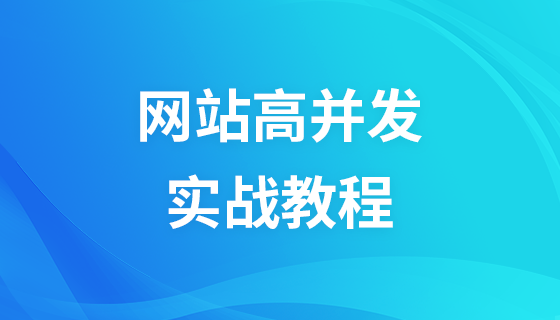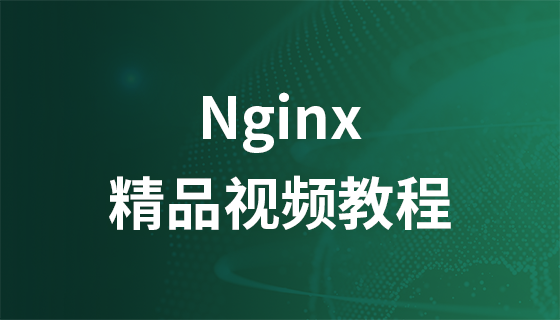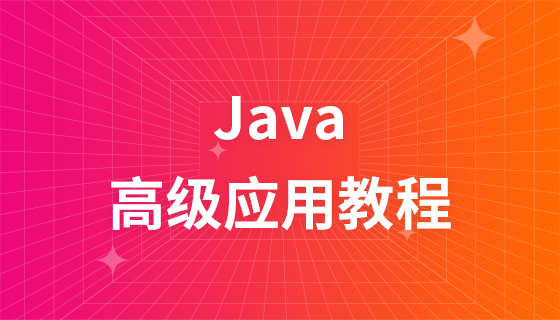java nio 是一种处理高并发请求的高效技术,使用非阻塞 i/o 和轮询机制实现:创建 nio selector 监听事件;注册 channel 到 selector,监听 accept 事件;循环等待事件,处理 accept、read、write 事件;accept 事件处理客户端连接,创建 socketchannel;read 事件读取数据,write 事件回写数据。

Java 函数使用 NIO 处理高并发请求
简介
非阻塞 I/O (NIO) 是 Java 中一种用于处理大量并发请求的高效技术。它通过异步操作和轮询机制,有效地利用系统资源,提升系统吞吐量。
步骤
1. 创建 NIO Selector
NIO Selector 用于监听注册的 Channel 上的事件。
立即学习“Java免费学习笔记(深入)”;
Selector selector = Selector.open();
2. 注册 Channel
将 ServerSocketChannel 注册到 Selector,监听 ACCEPT 事件。
ServerSocketChannel serverChannel = ServerSocketChannel.open(); serverChannel.configureBlocking(false); serverChannel.register(selector, SelectionKey.OP_ACCEPT);
3. 循环等待事件
通过 Selector.select() 方法监听事件。
while (true) {
selector.select();
Set<SelectionKey> keys = selector.selectedKeys();
// 处理事件...
}4. 处理 ACCEPT 事件
当 ACCEPT 事件发生时,接受连接并创建 SocketChannel。
if (key.isAcceptable()) {
ServerSocketChannel channel = (ServerSocketChannel) key.channel();
SocketChannel clientChannel = channel.accept();
clientChannel.configureBlocking(false);
clientChannel.register(selector, SelectionKey.OP_READ);
}实战案例
以下是一个简单的 Java NIO Echo 服务器示例。它监听客户端连接,并回显收到的消息。
EchoServer.java
import java.io.IOException;
import java.net.InetSocketAddress;
import java.nio.ByteBuffer;
import java.nio.channels.SelectionKey;
import java.nio.channels.Selector;
import java.nio.channels.ServerSocketChannel;
import java.nio.channels.SocketChannel;
public class EchoServer {
private Selector selector;
private ServerSocketChannel serverChannel;
private int port;
public EchoServer(int port) {
this.port = port;
}
public void start() throws IOException {
// 创建 Selector
selector = Selector.open();
// 创建 ServerSocketChannel
serverChannel = ServerSocketChannel.open();
serverChannel.configureBlocking(false);
serverChannel.bind(new InetSocketAddress(port));
serverChannel.register(selector, SelectionKey.OP_ACCEPT);
// 不断循环等待事件
while (true) {
int keysCount = selector.select();
if (keysCount == 0) {
continue;
}
Set<SelectionKey> keys = selector.selectedKeys();
for (SelectionKey key : keys) {
try {
if (key.isAcceptable()) {
handleAccept(key);
} else if (key.isReadable()) {
handleRead(key);
} else if (key.isWritable()) {
handleWrite(key);
}
} catch (IOException e) {
e.printStackTrace();
key.cancel();
SocketChannel channel = (SocketChannel) key.channel();
channel.close();
}
}
keys.clear();
}
}
private void handleAccept(SelectionKey key) throws IOException {
ServerSocketChannel channel = (ServerSocketChannel) key.channel();
SocketChannel clientChannel = channel.accept();
clientChannel.configureBlocking(false);
clientChannel.register(selector, SelectionKey.OP_READ);
}
private void handleRead(SelectionKey key) throws IOException {
SocketChannel channel = (SocketChannel) key.channel();
ByteBuffer buffer = ByteBuffer.allocate(1024);
int readBytes = channel.read(buffer);
if (readBytes == -1) {
channel.close();
return;
}
buffer.flip();
channel.write(buffer);
}
private void handleWrite(SelectionKey key) throws IOException {
SocketChannel channel = (SocketChannel) key.channel();
channel.write(ByteBuffer.allocate(1024));
}
public static void main(String[] args) throws IOException {
new EchoServer(9090).start();
}
}以上就是Java 函数如何使用 NIO 技术处理高并发请求?的详细内容,更多请关注php中文网其它相关文章!

java怎么学习?java怎么入门?java在哪学?java怎么学才快?不用担心,这里为大家提供了java速学教程(入门到精通),有需要的小伙伴保存下载就能学习啦!




Copyright 2014-2025 https://www.php.cn/ All Rights Reserved | php.cn | 湘ICP备2023035733号